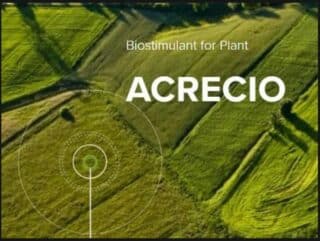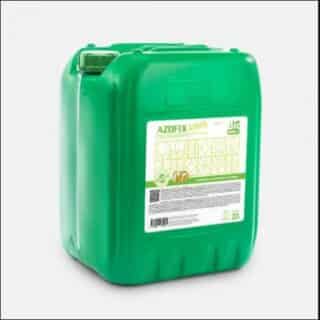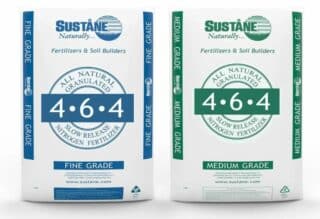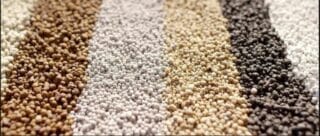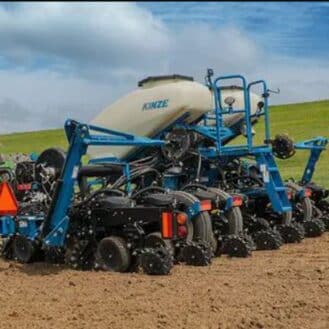The type of plants will also require certain fertilizers over other ones. Here, we’ll point to three specific plants that have particular needs: perennials, grass and potted plants.
Perennial plants feed heavily on phosphorus in order to bloom abundantly, and require fertilizers rich in this mineral such as ones that use fish bone meal, bone meal and even guano. A supply of phosphor at the very beginning of spring will favor their start, while another in the summer will add to the beauty and generosity of the flowering. Perennials will also benefit from an additional supply in early fall.
Grass, like all foliage plants, needs nitrogen all the time, but also phosphorus after sowing, in order to root well. When freshly mowed, a lawn is deprived of a certain amount of nutrients, which you will have to renew by fertilizing again.
Potted plants have particularly significant needs because the limited volume of soil in which they are installed is quickly devoid of any nutrients. Suitable fertilizer must be added regularly. Geraniums and other balcony flowers require a fertilizer rich in phosphorus and especially potassium to flower well. Potted flowering shrubs will need a fertilizer slightly more balanced between P and K.

